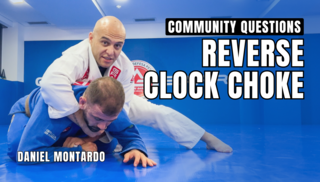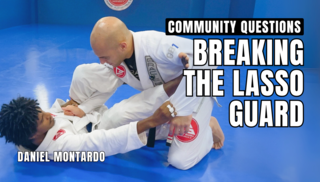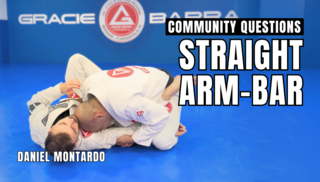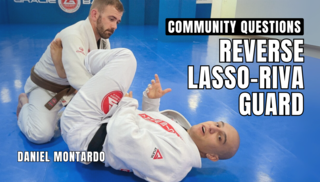Hello guy, here’s the new video for this week with a technique suggested by Mark Mullen
Hello guy, here’s the new video for this week with a technique suggested by Mark Mullen

Reverse Clock Choke with Da...
Hey everyone, what do you think about this heel hook defense? Do you want me to show the steps on a video?
👊 Community Questions is live!
We’ve already released a few episodes of this series and want to hear from you: are you enjoying it so far?
👉 What other questions or techniques would you like us to cover in the next episodes?
Drop your suggestions in the comments and help us build this content together!

Lasso Guard Pass with Danie...
👊 Community Question is live!
Today we’re looking at a straight armbar from the closed guard. It’s not the most common submission, but it works as a quick “trick”: either you catch your opponent’s arm, or you create space to pass the guard.
👉 Watch the video and let me know:
Have you ever tried this armbar?
Which technique would you like to see next Monday?
📌 Remember: every Monday there’s a new video here on GB Online Community!

Straight Arm with Daniel - ...
Monday is here, and as usual, we bring you another technique requested by the GB Online community.This weekly content is made especially for you, so your interaction is very important. If you have any questions or suggestions for techniques you’d like to see here, just leave them in the comments—either in the community or directly on the video.

Matrix Guard with Daniel - ...
Hello guys, once again I’m bringing you some content based on your requests. This time, I’m sharing a few things I like to do to improve my No-Gi game.Hope you enjoy it, and let me know what you’d like to see next!

No-Gi Grip Secrets with Dan...
Hey everyone, today I’m bringing you another piece of content! We worked a bit on lasso guard with a Delariva adjustment — I hope you enjoy it. Drop your questions and suggestions in the comments, and we’ll make sure to bring more content your way!

Reverse Lasso-Riva Guard wi...